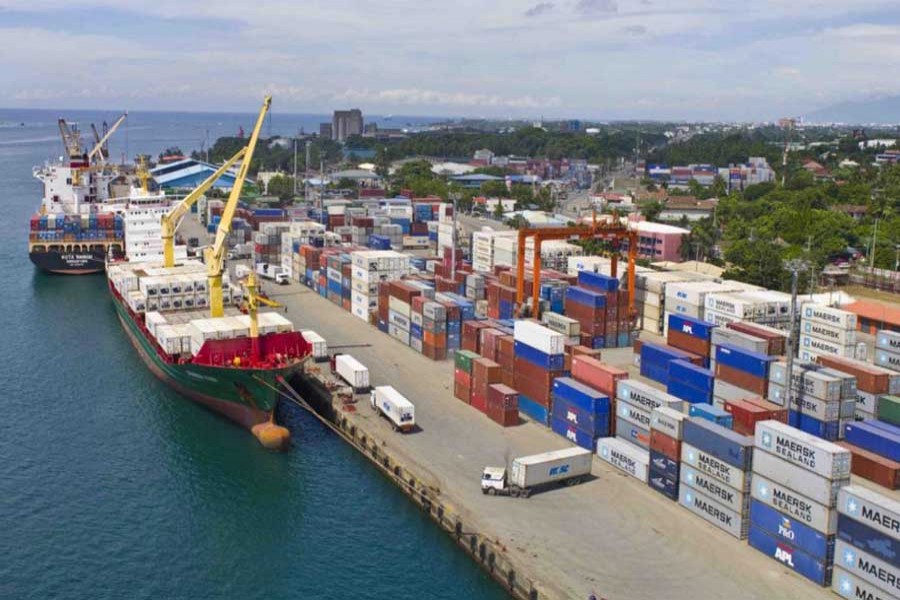The trade deficit of Philippines rose to five-month high in May as exports shrunk while imports continued to grow, although at a slower annual pace, the statistics agency said.
The imports of the Southeast Asian country grew 11.4 per cent in May, slower than the previous month’s revised 23.1 per cent annual pace.
Export of the world’s 34th largest economy declined 3.8 per cent in May, less than the previous month’s revised 4.9 per cent contraction.
That resulted in a trade deficit of $3.7 billion in May, which was wider than the previous month’s revised deficit of$3.48 billion and the biggest after last December’s $4 billion, reports Reuters.
Hefty purchases of fuel, iron and steel, electronic products, telecommunication equipment and electric machinery overseas fuelled import growth in May.
Imports were expected to grow 11 per cent this year against an earlier estimate of 10 per cent, driven by demand for capital and consumer goods, according to the central bank.
Exports, on the other hand, were projected to rise 10 per cent against an initial forecast of 9 per cent.
The import-driven trade gap is expected to worsen the Philippines’ current account deficit this year, which could put further pressure on the peso, one of Asia’s worst performers so far this year.
The Philippines, like other Asian economies that have external deficits, is under pressure to follow the US Federal Reserve in shifting away from low interest rate settings or risk capital flight as investors seek higher yielding assets.
The central bank raised interest rates last month for the second time in six weeks, becoming the region’s second central bank to deliver two hikes in a short time, after Indonesia.
The Philippine central bank expects the country to end the year with a current account deficit of $3.1 billion, wider than an earlier forecast of $700 million, and higher than the previous year’s $2.52 billion gap.
Policymakers have said the current account deficit reflects the Philippines’ solid economic expansion, which has driven higher imports of capital goods, raw materials, and other commodity items.
The Philippine economy clocked 6.8 per cent annual growth in the first quarter, faster than the fourth quarter’s 6.5 per cent growth, but short of its 7-8 per cent target for the year.


